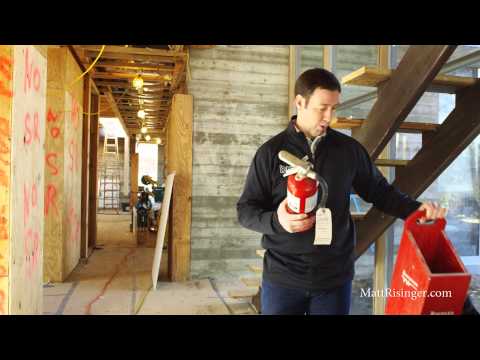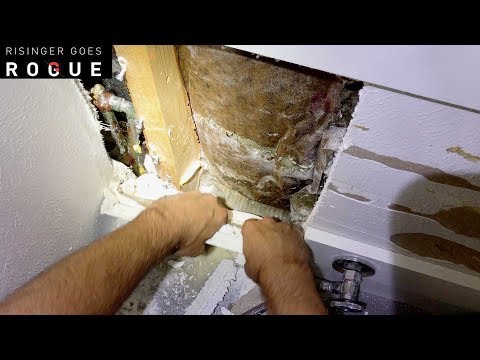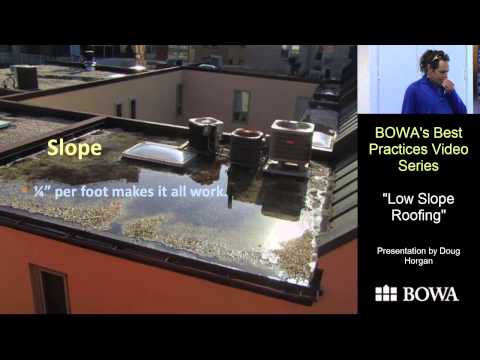Clay is more durable, concrete is more affordable—both are great choices that will outlive your customer
The key to a durable tile roof is high-quality underlayment, stainless steel or copper flashing, and best practice installation details. In this video, builder Matt Risinger explains the tradeoffs between clay tile and concrete tile roofing.
OFFICIAL TRANSCRIPT:
Hey, my company is just finishing this beautiful Spanish Colonial-style house with local architect Rick O'Donnell, and I want to talk to you today about tile roofs.
You've heard me in the past extol the benefits of a metal roof, especially if you're in Texas or the southern US. But today I want to talk to you about tile roofs and why I like them really for any climate zone in the US.
Clay tile, which is really the original tile, has been around literally for centuries. There are roofs in Europe that are several hundreds of years old.
They are UV resistant, they are hail resistant, which is important to us here in the southern US, They're super durable, fire-resistant, it's really an amazing material.
There are a few things you need to know about them though. Number 1, there are two types of tile, clay tile, and concrete tile. The roof behind me is a concrete tile roof. It is Hanson Tile, that we're using. It was put on by Kidd Roofing, here in Austin, who does all of my roofing.
There are some big differences between clay and concrete.
Clay is what you see on European buildings that have been around for several centuries. Clay is a super durable product, its totally UV resistant, it is very impervious to water, it doesn't soak up nearly as much as a concrete tile will. If you are in an area that has freeze-thaw issues, clay is a better choice.
Concrete is a newer material, but it's going to give you a really good value in a tile roof. Concrete tile is going to be about 20% less weight, but really you're going to save almost half the cost of the total install with concrete tile vs. clay tile.
Let's talk about durability. A concrete tile roof, if you install it right and maintain it, you're talking about at least a fifty-year durability, you may even see longer than that.
If you put a true clay tile roof on and you do the details correctly with copper flashing or stainless steel flashings, really top-line underlayment, you're gonna see really a lifetime product that could be on your building, way beyond your life and maybe into your grandchildren's lifetimes.
Both are fantastic choices.
Let's get up close on this roof and I'm going to talk to you about some of the details.
Next, let me talk to you about the best practices when installing this roof. One of the great things about a tile roof is that it's a vented roof. We've got air circulation underneath this. That's incredibly important, but what's even more important is to remember that tile roofs will leak. There's going to be water that gets past the tile. Ultimately, that [tile] roof is going to the UV protection for the underlayment, which is really doing the heavy lifting when it comes to waterproofing your roof.
So you really need to choose the best practices on everything when it comes to installing that tile roof. If you're in Texas, and you're going to be doing a conditioned attic with spray foam, you need to choose a fully-adhered, non-vapor permeable underlayment, like Carlisle's WIP 300HT.
If you're in other parts of the country or you might choose a different underlayment, but you really need to make sure you're using best practices for all those things.
—Matt Risinger is a builder and YouTuber in Austin Texas











